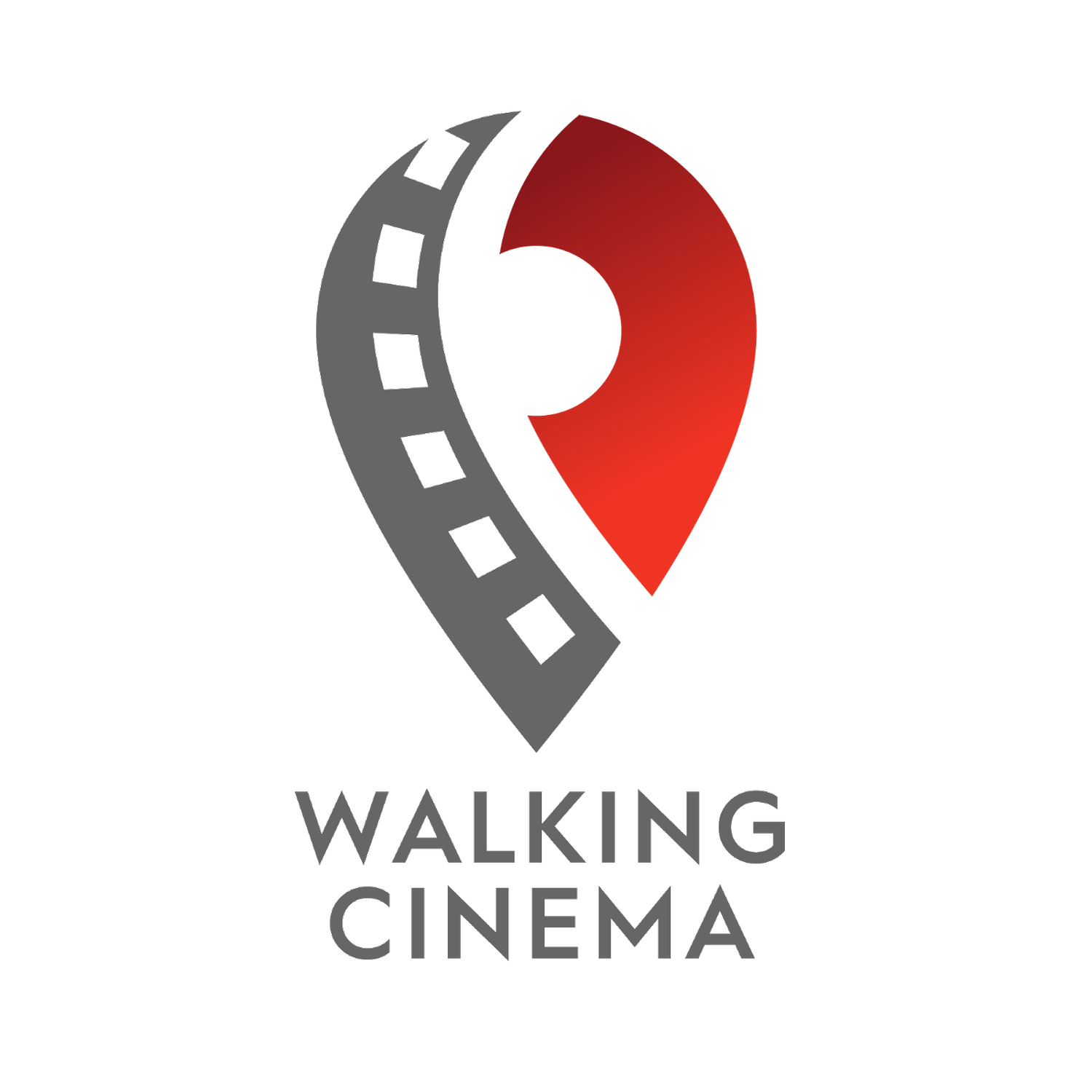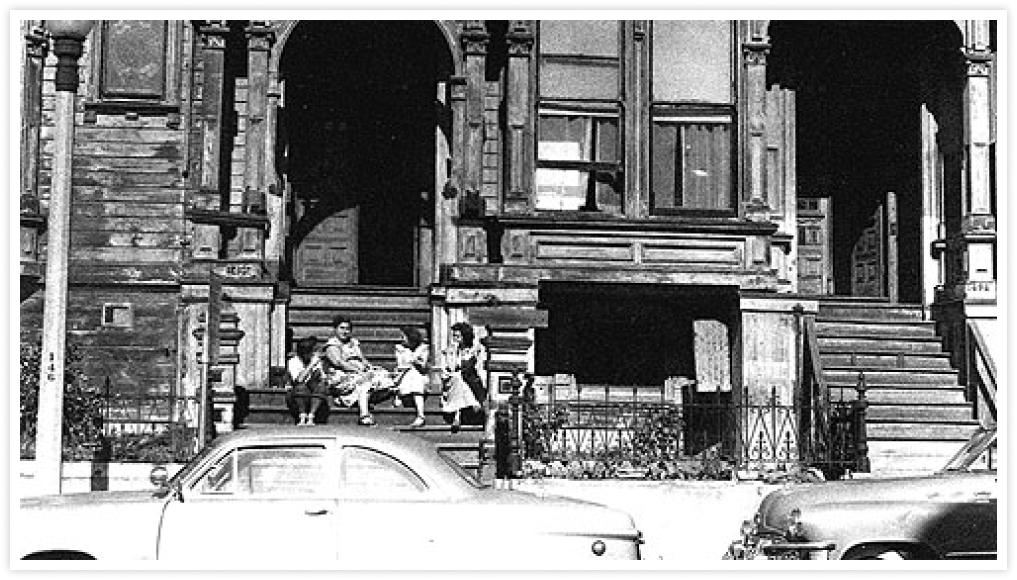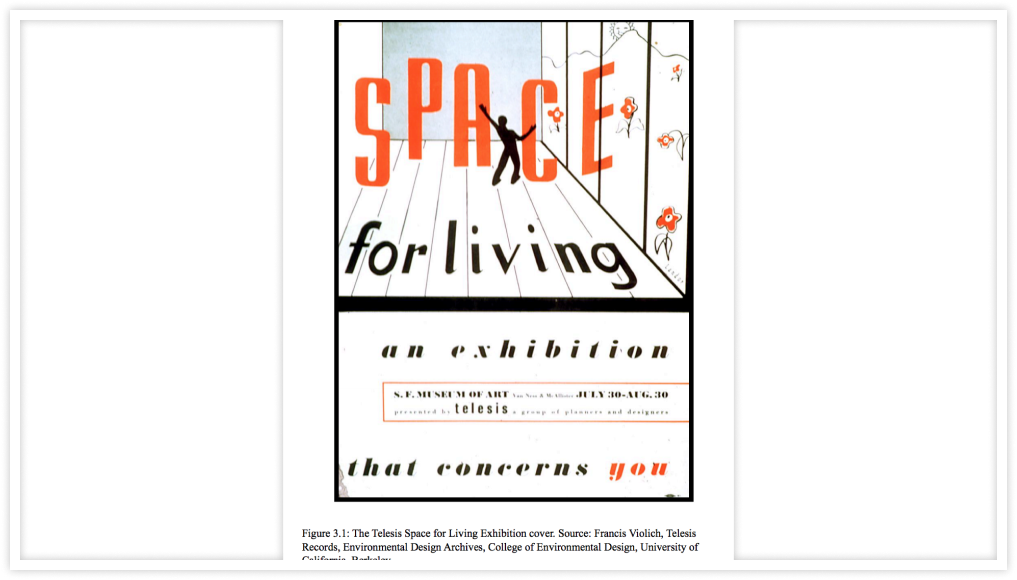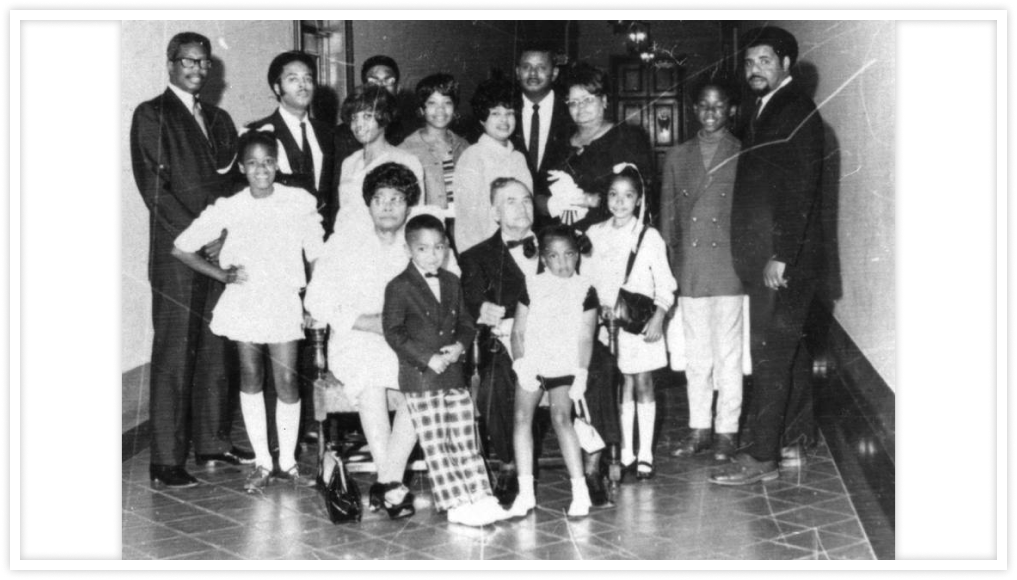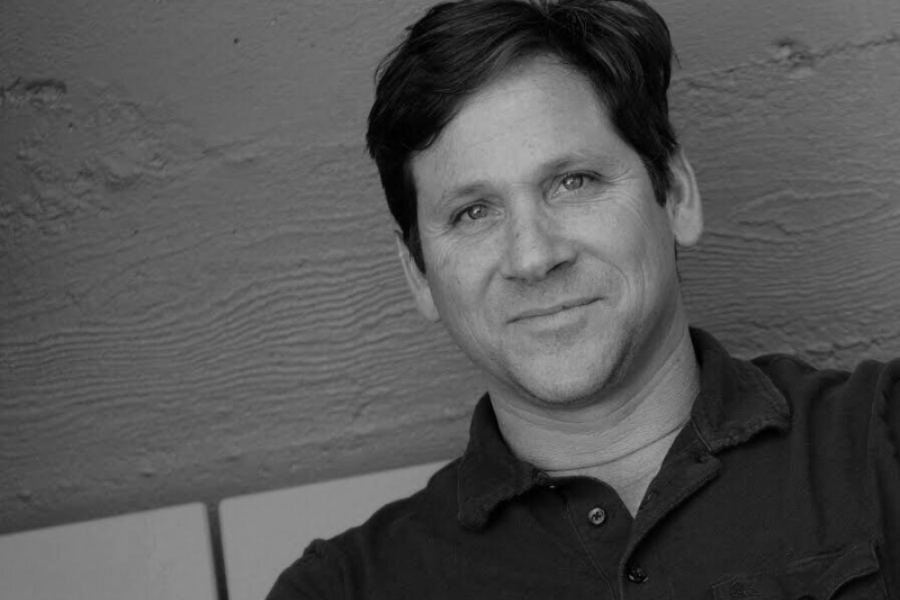How do land claims shape cities and communities?
This award-winning four-part, city-wide story plays out in four distinct neighborhoods and time periods. At it’s heart, it asks a crucial question about land ownership: where does the concept of a land claim come from and how does it vary across time and cultures? Our initial story focuses on the Fillmore neighborhood and the concept of “Total Planning,” which involves government seizure of land to build what planners see as a better neighborhood. The resulting displacement and protest from this act in the 1960’s has shaped housing policy in San Francisco and the nation ever since.
In the next three chapters, to be released in late 2024, audiences will go deeper into the concept of how land is acquired and reshaped through different lenses of ownership. Intertwining stories from 18th century Ohlone Culture, Gold Rush prospectors, mid-21st Century urban planners combine to tell a story that is both big picture and a practical way to think about local and global questions of land ownership.
Initial chapter, “The Fillmore: Total Planning” produced in partnership with Youth Speaks, a spoken word poetry collective in San Francisco with funding from The Rainin Foundation, The National Endowment for the Humanities, and Zendesk.
Impact
Brought out the deeper, hidden story of San Francisco’s struggle for housing justice going back 7 decades.
Led to $400,000 in follow on grants.
Experienced by over 10,000 travelers, students, and local audiences. Continuously running for over 5 years and counting.
Winner of various museum and international heritage awards.
Created partnerships with community groups and economic development entities in an historically Black neighborhood.
Download the Project
About the Experience
A site specific podcast with AR and hands-on history experiences
The project is housed in a free iPhone + Android app that currently holds the first chapter of the experience. Audiences download the app, follow directions to the starting point, and then tap into the story via headphones and their own footsteps. Immersive audio and augmented reality guide audiences step-by-step through the key sites of the story. Installations in restaurants, area businesses, and non-profit partners give audiences a tactile, hands on experience of the story. Overall, the feeling is that of a living exhibit brought to life through handheld media, artifacts, and human encounters.
Technology
The experience is unlocked through a free mobile app built on a proprietary Unity platform that allows for mapped, geocoded content to play out over a walking path.
Augmented Reality experiences are developed to match specific sites along the tour using archival images and 360 photos to align them to the environment. All of our content is rigorously tested in a range of devices and users to ensure quality playback and intuitive ease of use.
Augmented Reality
GPS
Audio Tour
Audio Sample
In this scene, writer/performer Samuel Getachew explains practically and symbolically why a 1960’s highrise required residents to hang only white curtains.
Sound design and original composition by Grandbank$$
Written by Samuel Getachew and Michael Epstein.
Photo Gallery
Awards
2020 American
Alliance of Museums
Gold Muse Award
Mobile App
2020 Best in Heritage
Nominee
Talent
Michael Epstein, Director
Michael is a journalist and professor at the California College of Art. He wrote, directed, and co-produced the audio. He is currently a Reynolds Journalism Institute fellow.
Maxim Antinori, Developer
Max is an educational media developer. He developed the mobile app platform. Before joining Walking Cinema, Max worked at Tom Snyder Productions, Inc.
Grandbank$$, Sound Designer & Composer
Grandbank$$ is a composer and editor, specializing in live Jazz and Hip Hop. He soundtracked and edited the audio.
Laura Sylvia, Designer & Animator
Laura is an award-winning animator and storyteller. She did all of the graphic and AR design for the app.
Samuel Getachew, Writer
Samuel is a nationally-recognized poet and high school student in Oakland, CA. Samuel wrote and performed the Architect Character.
Tianna Bratcher, Writer/Performer
Tianna is an award-winning poet and arts educator. Tianna wrote and performed the voice of Helena Hamilton.
Arwen Curry, Producer/Researcher
Arwen is the Director of WORLDS OF URSULA K. LE GUIN. She did research and writing for the project.
Natalie Baszile, Writer
Natalie is the author of QUEEN SUGAR and a professor of writing at Mills College. She helped guide the writing and adaptation process.
Lea Redmond, Installation Designer
Lea is an artist and writer who explores everyday wonder and human connection. She designed the artifacts and installations for The Museum of the Hidden City.
Tim Stelloh, Researcher
Tim Stelloh is a journalist who's reported for The New York Times, NBC News, The Nation and elsewhere. Tim researched sites and characters for the project.
Press & Articles
2020 MUSE Award Winner - Gold
This is a really effective use of AR, exploring the everyday world and seeing the echoes of the past brought to life with a compelling and interesting narrative...
Visit the Not-So-Distant Past with ‘Museum of the Hidden City’
The experience of this first chapter of Museum of the Hidden City tells a small segment of the history of one community in a small slice of one neighborhood...
Cool, Safe, Artsy Things to do in SF During the Pandemic
You get to see what the Fillmore used to look like using the mobile AR features, and meander through the neighborhoods present, with a view of the past...
Fillmore Redevelopment Recounted in Open Air ‘Museum’
Museum of the Hidden City is a 75 minute academic and literary exploration of one of the darkest and most significant moments in San Francisco’s history...
Black History Month: The Heart of the Matter
Epstein has noticed something remarkable: ‘A number of people we talked to after a tour felt empowered. They felt like they understood a lot more about how gentrification happens…
Augmenting Reality, For Real
Museum of the Hidden City is “going beyond games to create compelling, outdoor AR projects.” It provides “powerful visual evidence of the way racist ‘slum clearance’ projects...
AR walking tour: Museum of the Hidden City re-imagines S.F.’s history of gentrification
The intersection of racial justice and the coronavirus pandemic have also brought a new urgency to a narrative that, like AR, enables us to change our perspective...
Outside > Inside :Outdoor Exhibitions in the Era of COVID and Black Lives Matter
Such connections to the real world, to current issues, to our cities and civic duties, can only be enhanced as museums embrace the displacement of the gallery to the streets...
A New Wave of Interactive Art Is Taking Over San Francisco
Museum of the Hidden City takes the concept of immersive experiences even further, using entire neighborhoods to educate audiences about San Francisco’s history...
How Laura Herman is Addressing the Affordable Housing Crisis
The project had a profound effect on the participants. People were interested in learning more, they felt more engaged with their community...
Ten Stories About Non-Obvious Megatrends you Should Read
There were plenty of related stories that brought it to life. A very cool new augmented reality experience called the Museum of the Hidden City which is worth checking out...
Interview with Michael Epstein
A lot of readers and people who follow the news are aware of these issues, but the solution seems so distant that they disengage...
